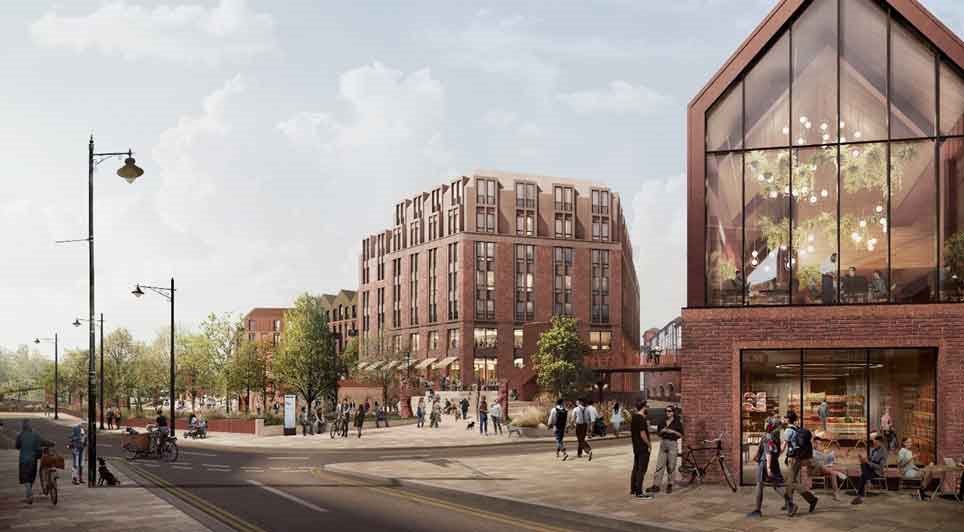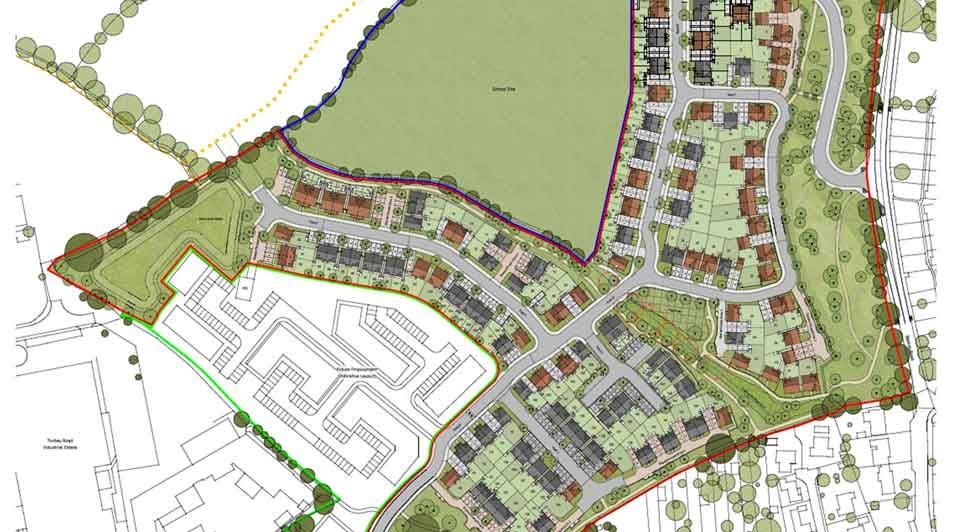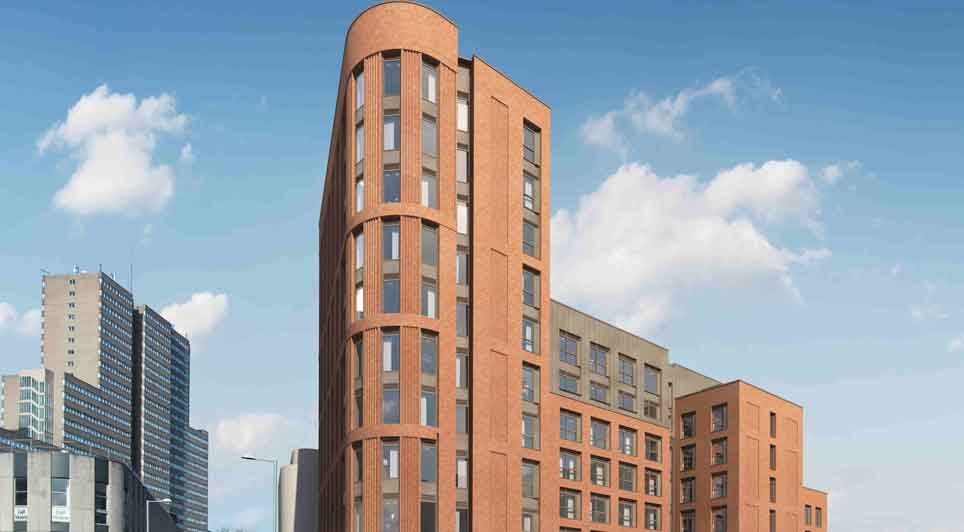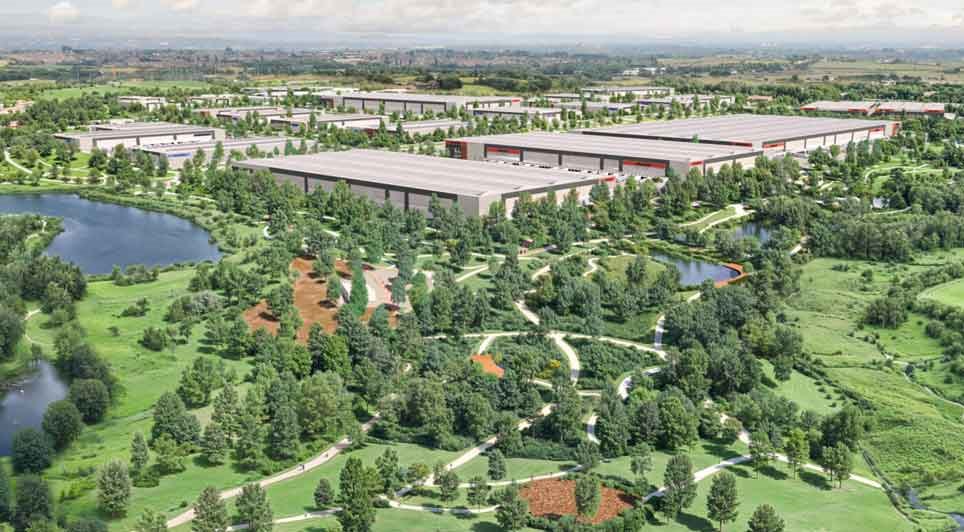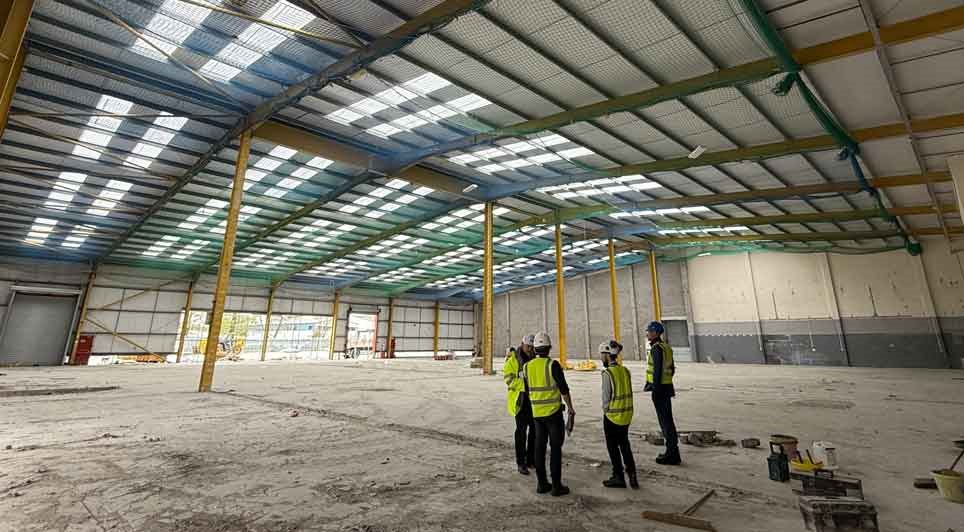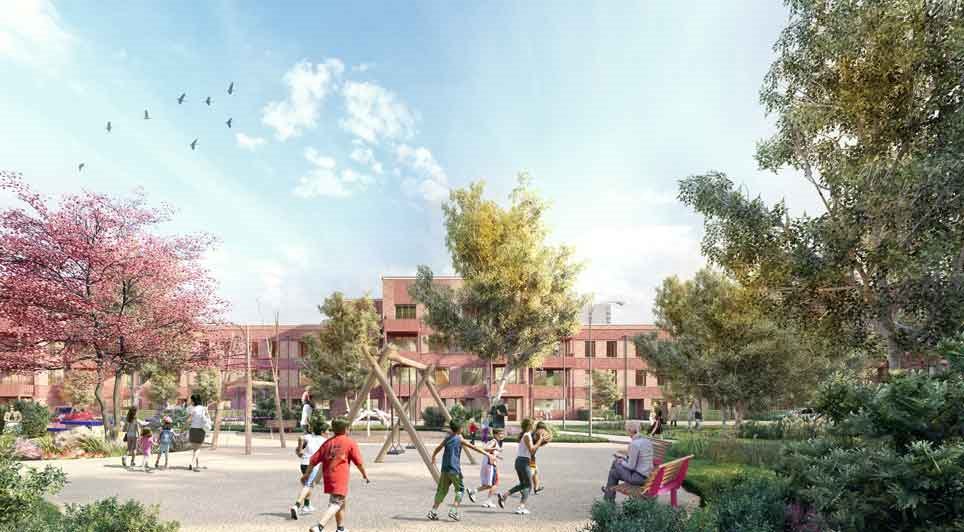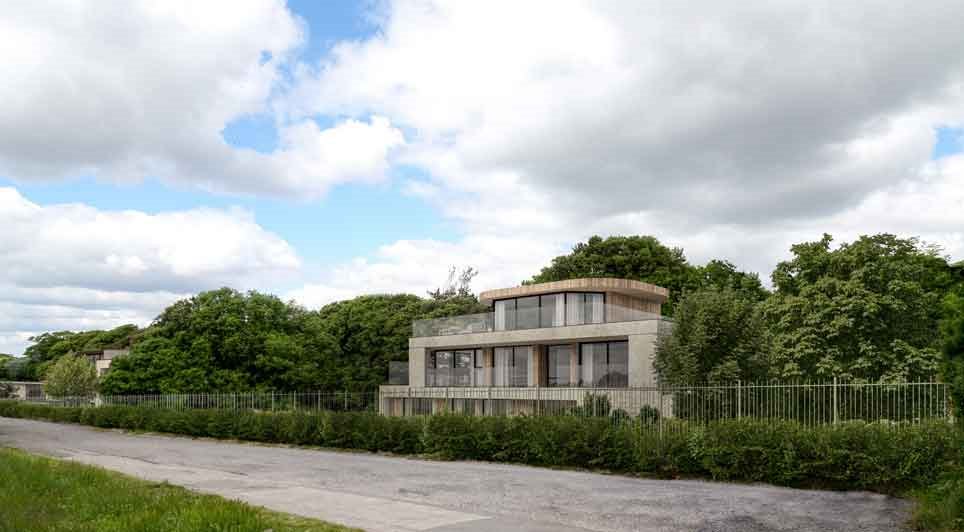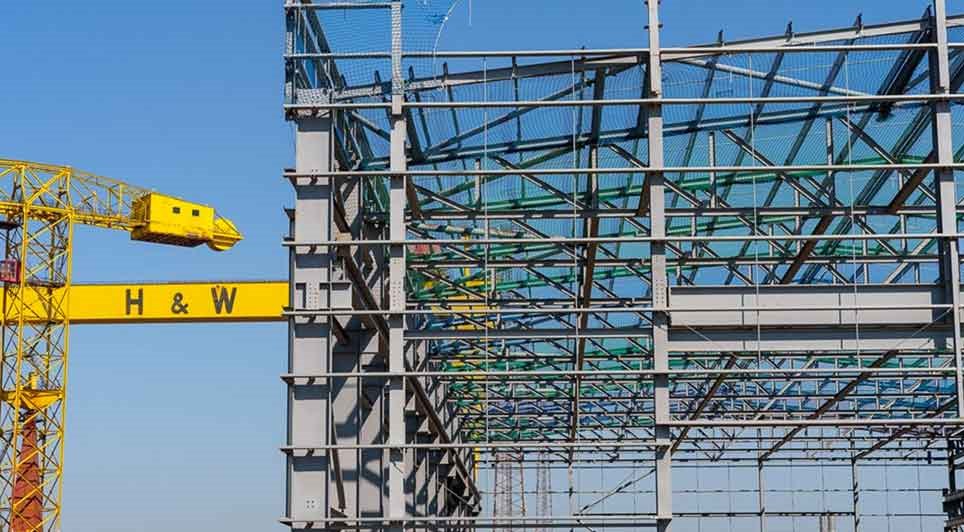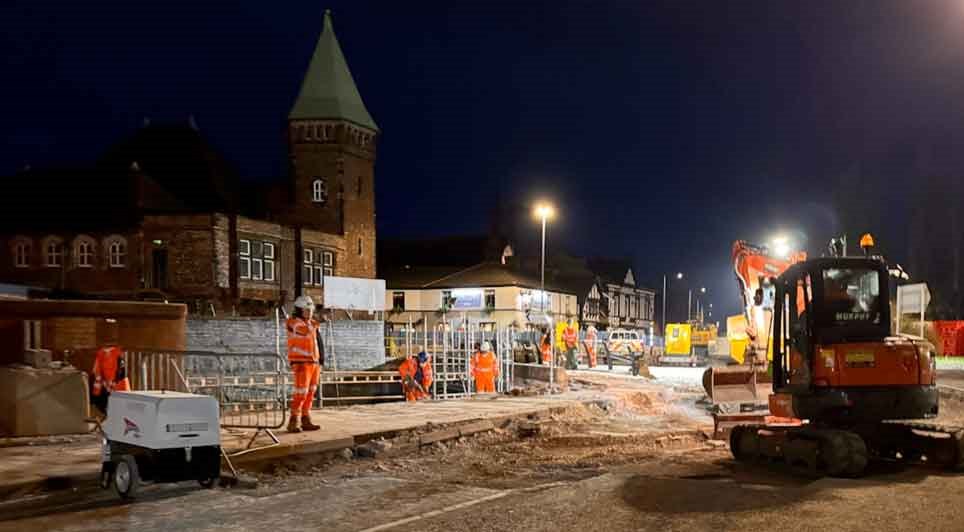The guide, co-authored by TPS - part of Carillion plc - is part of the RIBA's ongoing work with the Home Office and the National Counter Terrorism Security Office (NaCTSO) on protecting public spaces.
The guidance aims to raise awareness of the importance of design in achieving this objective by setting out the most common considerations when designing for counter-terrorism in the built environment. It features real-life case studies of UK buildings, which show the different ways built environment professionals are responding to the challenge of creating spaces that are open and welcoming to the public yet reassuringly safe.
It considers different ways of reducing vulnerability to the terrorist threat and containing damage including:
- Mitigating terrorism through the introduction of physical, technical and procedural protective measures, such as barriers, bollards, landscaping and surveillance
- Damage limitation through materials used, such as blast and ballistic resistant glass, and the use of glazed facades to limit intrusion
- Aspects concerning general security, such as vehicular access, landscaping, fire evacuation procedure and adaptation of the original building design
Mark Whyte Director of TPS Security and Explosion Effects said: "By bringing together information on threat and risk assessments and the need for designing integrated security solutions, the guide has marked out a major step in bringing security to the forefront of the design and construction process.
"We hope that TPS's contribution will encourage architects to consider issues of security and counter terrorism as early as possible in the design stage, as this goes a long way towards ensuring that security is effective and efficient."
He continued: "The guide is aimed not only at architects but other property professionals, and we hope it will help develop a shared understanding of the concepts and options available. If we can achieve this understanding we will have taken a significant step towards creating buildings and landscapes that meet the challenges presented by terrorism, without sacrificing design innovation or turning our cities into fortresses or bunkers."
TPS aims for its contribution to offer readers a holistic approach to issues of security in building design, considering more than just structures and glazing. Bringing together concepts of physical and technical security with counter terrorism measures, the guide can now offer a planning framework to help ensure that security is properly factored in at each stage of the design and construction process.
Mr Whyte concluded: "We are delighted to have worked with the RIBA in the production of this guide, which we believe will make an important contribution to creating safe and secure built environments."
For further information Email: info@tpsconsult.co.uk or Visit: www.tpsconsult.co.uk
 UK
UK Ireland
Ireland Scotland
Scotland London
London


